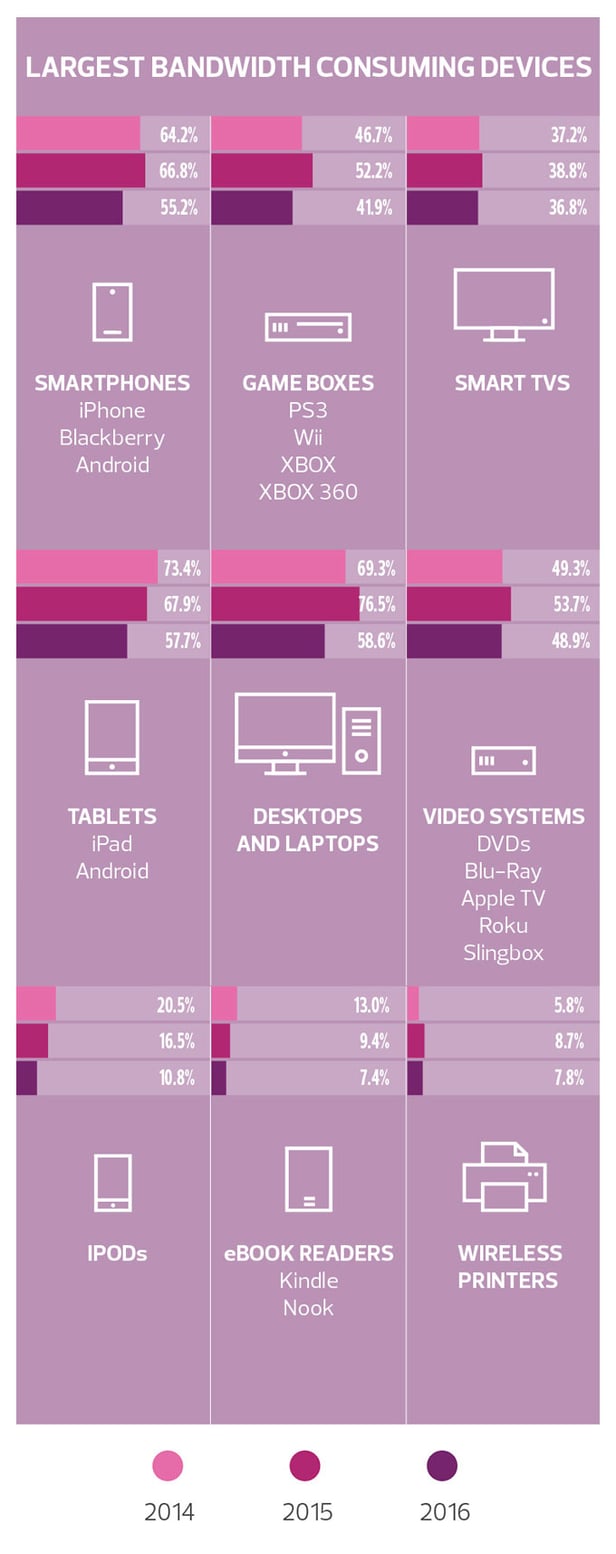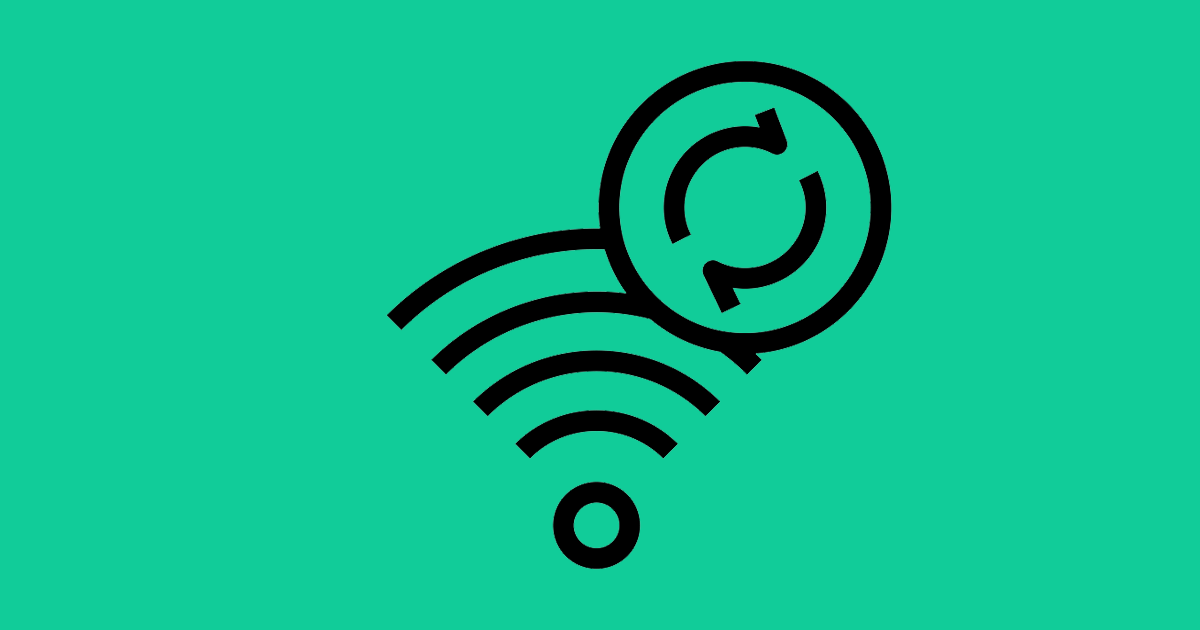
How many connected devices does the average college student have with them on campus today? Three, four, maybe five devices? If you guessed any of these numbers you’d be wrong. According to the most recent report from refuel agency, today’s college students bring on average, seven connected devices with them to school. Multiply that number times your total number of students and it becomes very clear just how challenging it’s become for campus IT managers to properly support their users’ mobility expectations.
How do college and university IT teams (especially those in charge of supporting residential areas i.e. student housing) plan on managing the continued influx of connected devices, and increasing amounts of traffic on their networks?
Whether it’s increasing user expectations, potentially outdated wireless infrastructure components, an inadequate wireless network design, budget constraints, or all of the above, the challenges aren’t easy for IT to overcome.
Proper Site Survey
Implementing the right solution for your WiFi performance issues starts by understanding your current environment, and this means conducting a wireless site survey. A proper RF site survey will assess the:
- Physical environment
- Types and numbers of devices on your network
- Types of applications being used on your network
- Who is accessing your network and where
It’s important that you analyze your specific campus Wi-Fi environment, however, reports like the one from refuel can help give higher-ed IT managers and teams as a general benchmark for what’s happening in the higher education industry as a whole.
Check out the infographic below for a detailed break down of bandwidth consumption by device type on today’s college and university campuses.
To learn more about bandwidth shaping and how you can maximize your current throughput check out our blog post, “3 Easy Ways Bandwidth Shaping can Maximize Campus Wi-Fi Performance"
Infographic






![3 Must-Ask Questions Before Deploying WiFi at Your Business [Video]](https://techgrid.com/hubfs/Danny-Thumbnail-%232.jpg)
